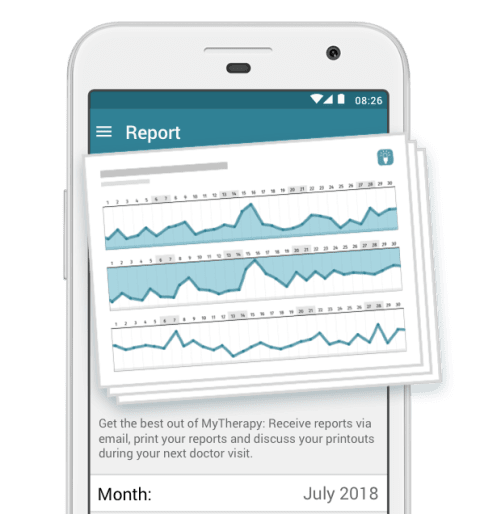Just under 10 percent of people have asthma, meaning around 30 million Americans alone have the disease. Due to its prevalence, everyone should have some basic knowledge about asthma. Knowing the signs and symptoms, as well as what asthma feels like, can be lifesaving.
Understanding asthma:
If you’re not already familiar with asthma, it’s a very chronic disease affecting the lungs. As it affects the lungs, the symptoms typically involve coughing, tightness, and wheezing. Researchers still don’t know for sure what causes a person to develop asthma, but many believe it’s linked to both genetic and environmental factors. People who are exposed to things like secondhand smoke or air pollution, or those with asthma in their family, are more likely to develop the disease. It’s also possible to develop asthma if you work frequently around chemicals or irritants in the air. This is known as occupational asthma.
Generally, asthma is a manageable disease, and with proper treatment, it doesn’t usually pose a great risk. However, asthma attacks can be life-threatening, making it important to get a proper diagnosis and treatment.
What asthma feels like:
Knowing if you have asthma, or even if you should be worried, can be tricky since the symptoms are often very ambiguous. It’s also common to be entirely asymptomatic unless you’re having an attack. Typically, asthma feels like a tightness in your chest, often accompanied by wheezing or coughing. Of course, the problem with this is that other lung conditions like COPD, or even allergies can trigger the same symptoms.
If your symptoms aren’t serious and you aren’t going to seek medical help, there are some signs to look for that distinguish between allergies and asthma. Allergies are often accompanied by other symptoms that asthma does not cause, such as congestion, runny nose, and sinus. That being said, it’s possible to have allergies and asthma, not to mention certain allergens that can trigger asthma attacks. If symptoms continue or worsen you should see a doctor.
When to see a doctor:
Most people don’t go to the doctor for a little coughing or mild allergies, but asthma isn’t always easy to diagnose, and if you think you might have it, it’s important to find out. If you find yourself having repeated periods of breathlessness, coughing, or wheezing, you should speak with your doctor. This is especially true if there’s no apparent reason for these episodes, or if seemingly minor activities trigger them.
Your doctor will likely be able to diagnose your asthma, but you may be referred to a lung or asthma specialist for more specific treatment. If you’re worried about your lung health, you may find this article about checking your lung health at home helpful.
Treating asthma:
If you’ve been diagnosed with asthma, the next step is treatment. While there is no cure for asthma, treatment usually allows people to live completely normal, active lives.
If you’ve ever seen a Hollywood depiction of asthma you’ve certainly seen someone use an inhaler. This treatment is so common it’s almost become synonymous with asthma. What you may not know is that there are multiple types of inhalers. The type of inhaler you use will depend on the plan set by you and your doctor. The three main categories of inhalers are reliever inhalers, preventer inhalers, and combination inhalers.
Most people with asthma will be given a reliever inhaler, and due to how common these inhalers are, it’s probably what comes to mind when you think “inhaler.” Reliever inhalers don’t need to be used regularly. They only need to be kept on hand to relieve symptoms quickly in the event of an attack. They usually relieve symptoms within just a minute or two. Despite their effectiveness, if you find yourself using them frequently, you should speak with your doctor and seek additional treatment.
Preventer inhalers, as the name suggests, work to prevent attacks in the first place. Preventers are often used daily to prevent sensitivity and inflammation in your lungs, reducing the chance of an attack. The biggest problem with preventer inhalers is that people tend to stop using them once they stop noticing symptoms. However, you shouldn’t stop using them without consulting with your doctor. Only through consistent use can patients get the full results from preventer inhalers.
As a last resort, for patients who have not achieved the desired results from reliever or preventer inhalers, combination inhalers can be an option. These inhalers combine the medications present in the previous two types of inhalers and are used daily like a preventer inhaler. In some cases, these inhalers can also be used during an attack. If you’re prescribed a combination inhaler it’s important to speak with your doctor about exactly when and how to use it.
Some patients find that inhalers are difficult to use, for tips on how to properly use and care for an inhaler, click here.
Here are some other articles we think you might be interested in:
4 Smart Inhalers that Could Be Lifesaving for People Living with Asthma & COPD



